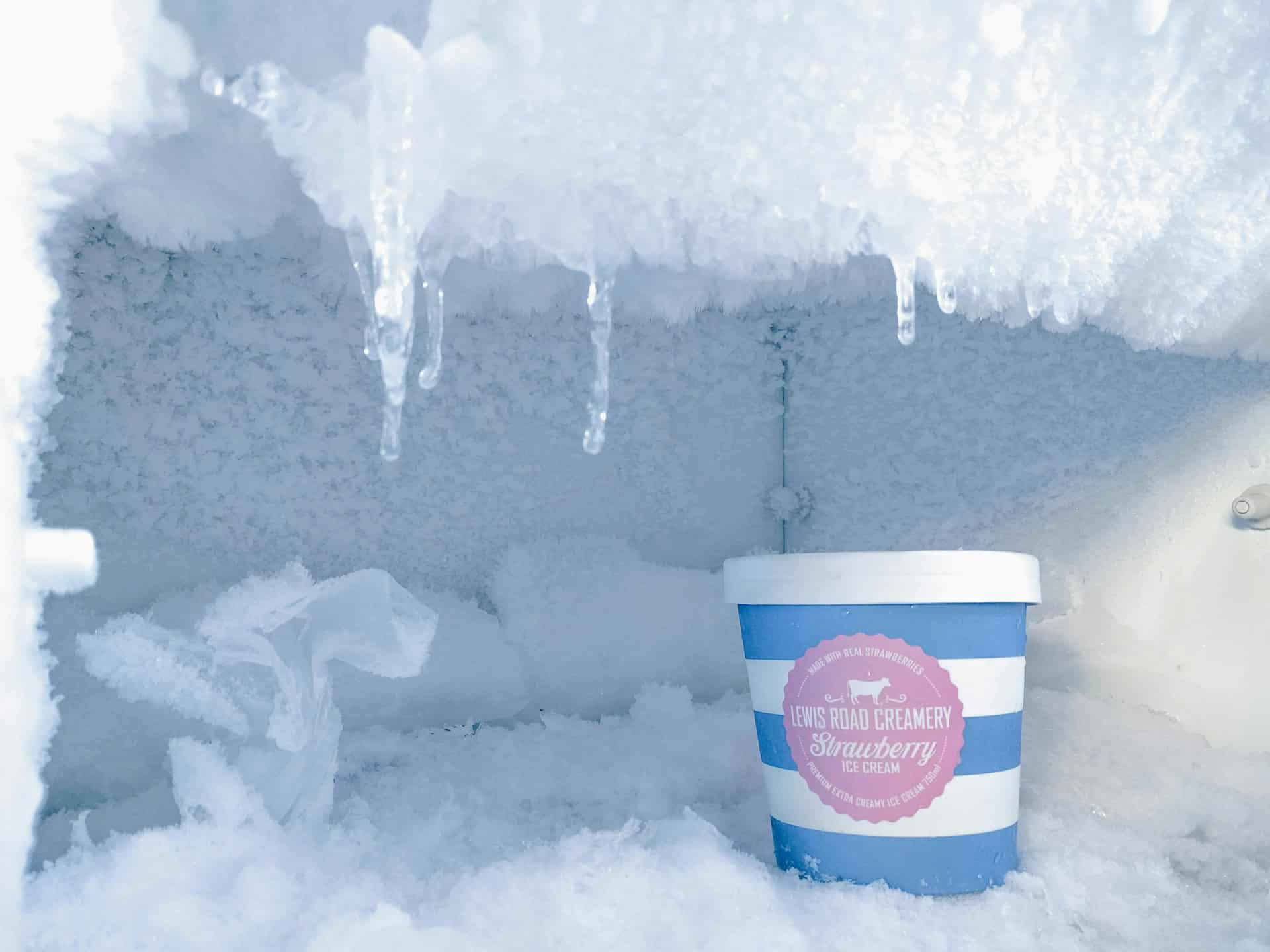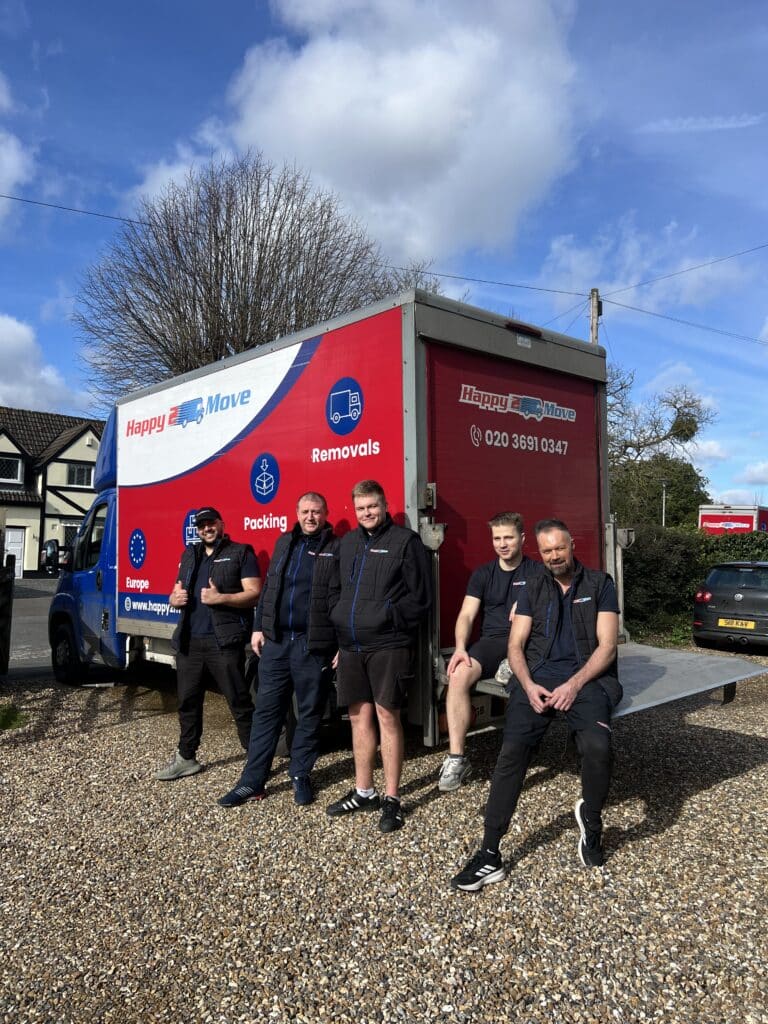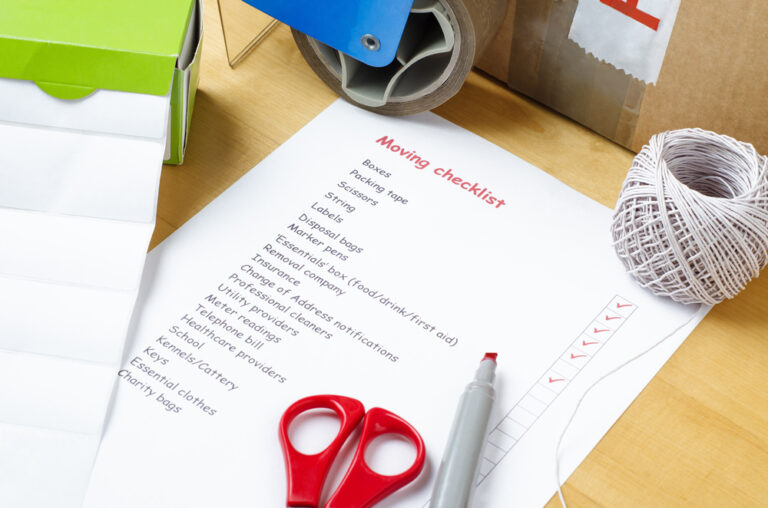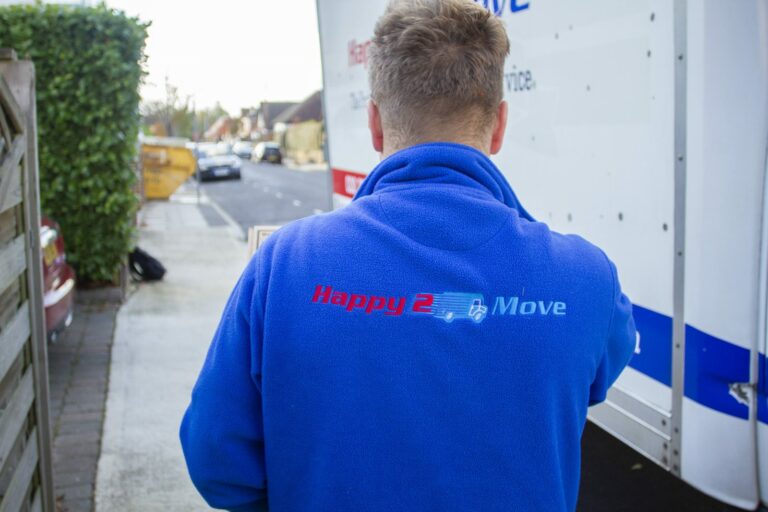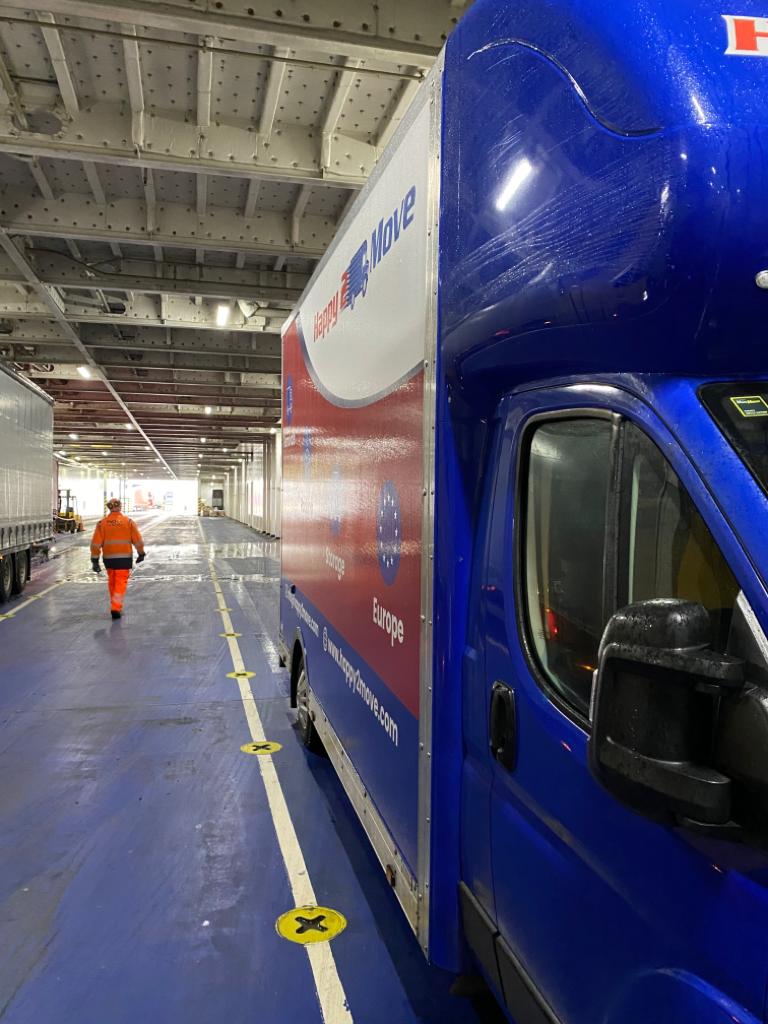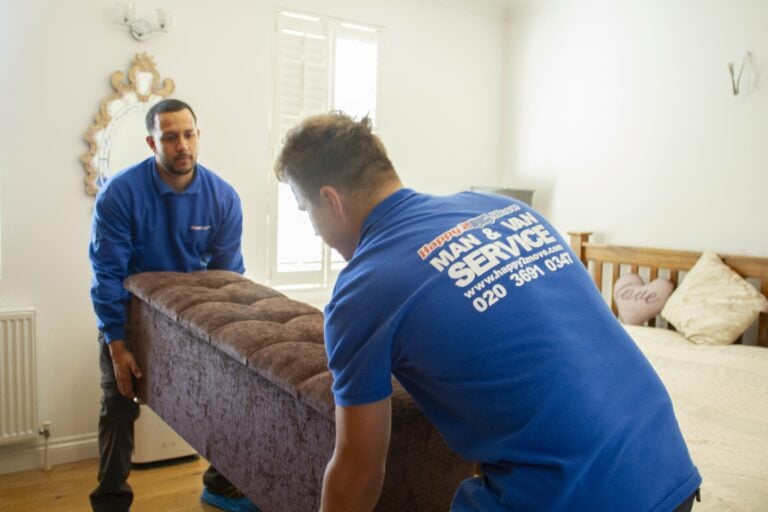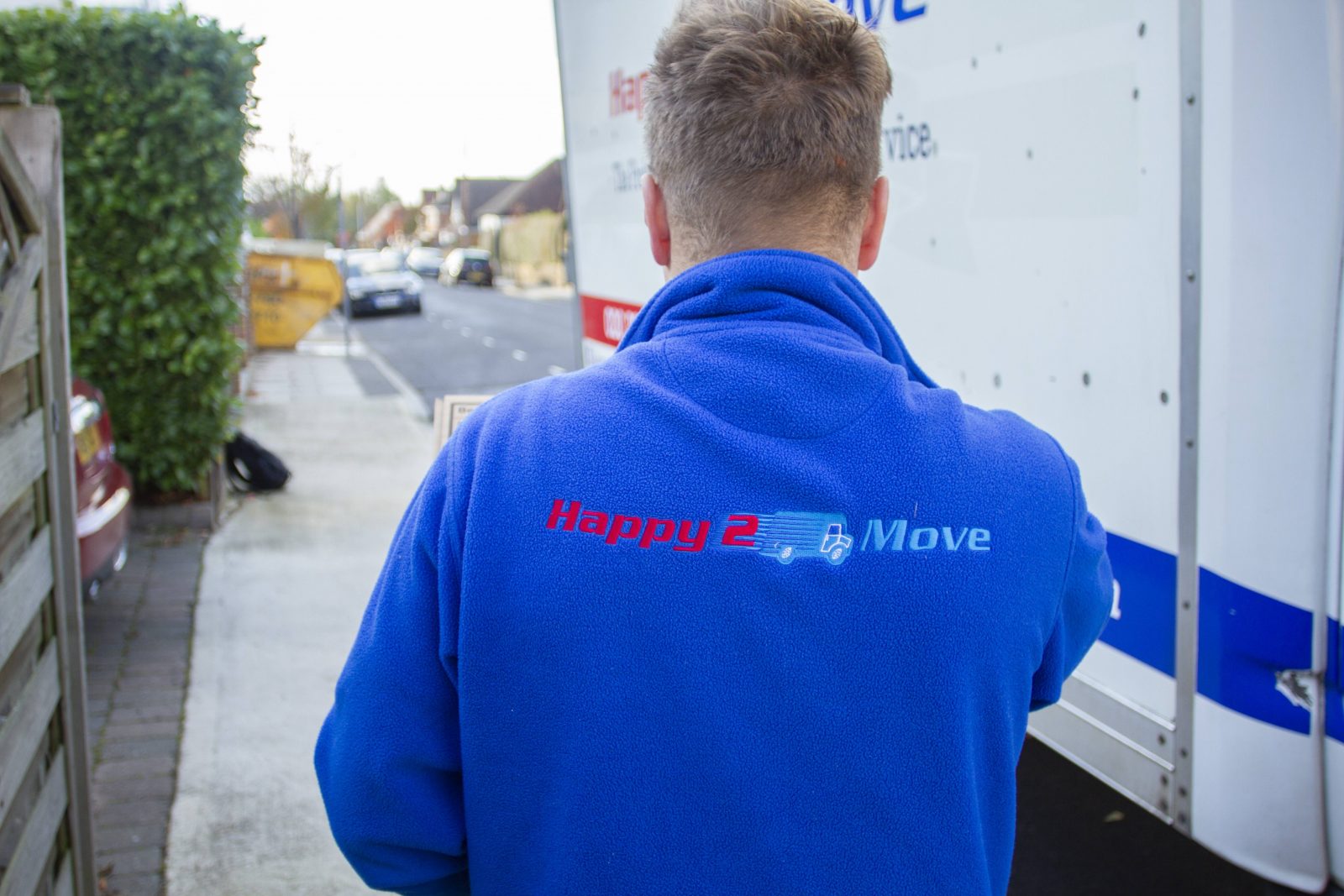
Moving house is a whirlwind of tasks, isn’t it? Packing boxes, sorting paperwork, informing the post office… the list goes on! In the midst of all the chaos, you might think about other nitty-gritty details, like – if you really need to defrost your fridge and freezer before the removal company arrives? The short answer is, yes, absolutely you do. Defrosting is essential to prevent water damage during your move, protect your appliances from harm, and for basic hygiene.
Why Defrosting is a Must-Do for Your Move
Defrosting your fridge and freezer isn’t just a polite thing to do for your removal team; it’s actually essential for a smooth and safe move. There are a few key reasons why this task is a non-negotiable on your moving checklist:
Preventing Water Damage and Mess
Imagine your removal team carefully carrying your fridge down the stairs, only for a torrent of melted ice water to suddenly gush out the back! Not ideal, right? Defrosting prevents exactly this scenario. As your fridge and freezer warm up during transit, any ice build-up will melt. This melted water can leak, potentially damaging your other belongings in the removal van, and creating a slippery hazard for the removal team. Plus, nobody wants to arrive at their new home to a soggy, smelly fridge.
Protecting Your Appliances
Beyond the mess, defrosting is also about protecting your appliances themselves. Excessive ice build-up can sometimes damage the internal components of your fridge and freezer over time. Moving a heavily iced appliance can exacerbate this, as the vibrations and movement during transit can put stress on the ice and potentially damage the cooling elements. Defrosting ensures your appliances are as light and stable as possible for the journey.
Health and Hygiene Considerations
Let’s be honest, nobody wants to move a fridge full of partially thawed, potentially questionable frozen goods! Defrosting allows you to properly empty your fridge and freezer, dispose of any food that’s past its best, and give the interior a good clean before it’s transported to your new home. This is a great opportunity for a fresh start and ensures your appliances are hygienic and ready to be stocked up in your new kitchen.
How to Defrost Your Fridge and Freezer Like a Pro
Don’t worry, defrosting isn’t a mammoth task, but it does require a bit of planning. Here’s a simple step-by-step guide to get it done effectively:
- Plan Ahead: Start the defrosting process at least 24 hours before your removal day, ideally even earlier. This gives the ice plenty of time to melt completely.
- Empty Your Fridge and Freezer: Remove all food items. If you have items you want to keep cool, use cool boxes with ice packs or ask neighbours if you can temporarily store them in their fridge/freezer if possible. Dispose of any food that won’t last or that you don’t want to take with you.
- Unplug Your Appliances: Turn off and unplug both your fridge and freezer from the power supply. Safety first!
- Contain the Meltwater: Place towels, old blankets, or even shallow trays around the base of your fridge and freezer to catch the melting water. You might be surprised how much water comes out!
- Speed Up the Defrosting (Optional): To speed things up, you can place bowls of hot (but not boiling) water inside the freezer compartments, or use a hairdryer (on a low, warm setting, and carefully – keeping it a safe distance from water). Never use sharp objects to chip away ice, as you could damage the appliance.
- Let it Melt Naturally: The most effective method is often just to let the freezer defrost naturally at room temperature. Open the doors to help air circulate.
- Clean and Dry: Once all the ice has melted, wipe down the interior of your fridge and freezer with a clean cloth and some warm, soapy water. Pay attention to drawers, shelves, and door seals. Ensure everything is completely dry before closing the doors for moving day.
- Leave Doors Slightly Ajar: To prevent mildew and odours from developing while your appliances are turned off, leave the fridge and freezer doors slightly ajar during transit and storage (if applicable).
Happy2Move: Moving You Smoothly, Fridge and All!
At Happy2Move, we’re all about making your moving day as stress-free as possible. While we can’t defrost your fridge for you (that’s definitely a pre-move task!), we can assure you that we’ll handle your appliances with the utmost care once they are properly prepared. Our experienced teams are trained to safely move all types of fridges and freezers, ensuring they arrive at your new home in tip-top condition.
By taking the simple step of defrosting your fridge and freezer beforehand, you’ll be helping us to help you have a smoother, cleaner, and safer move all round.
Ready to make your move hassle-free? Get in touch with Happy2Move today for a free, no-obligation quote and let us take care of the heavy lifting (and the fridge moving!), so you can focus on settling into your new home.
